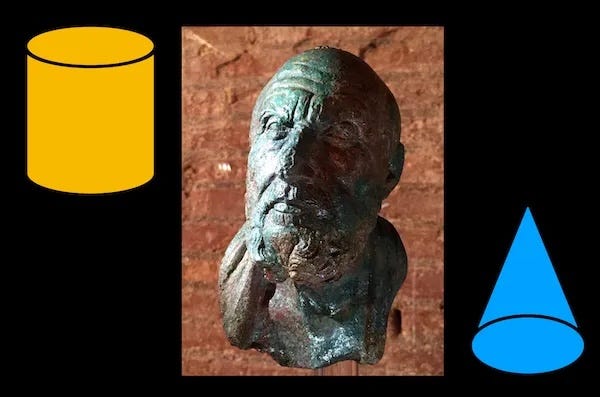Updating Stoic Philosophy for the Modern Era: Exploring the Foundations of Stoic Physics
The author introduces the need to update Stoicism, a philosophy that has existed since the 4th century BCE, to make it more relevant for the modern era. The author recently announced the launch of the School for a New Stoicism, which aims to adapt Stoic principles to the current times.
The author begins by discussing the foundations of Stoic physics, which was a crucial component of the ancient Stoic worldview. Stoic physics encompassed their understanding of the physical universe, including concepts like the cosmic cycle, the nature of the divine, and the relationship between the individual and the cosmos.
The author provides a conceptual map to illustrate where Stoicism came from and where it may be heading in the future. This includes a depiction of the famous Stoic philosopher Chrysippus of Soli, surrounded by his famous cylinder and cone, which were used to illustrate Stoic ideas about the physical world.
The author suggests that while Stoicism has endured for centuries, some of its core principles and concepts may need to be updated to remain relevant in the modern era. The goal of the School for a New Stoicism is to explore how Stoic philosophy can be adapted and applied to the challenges and realities of the 21st century and beyond.
요약 맞춤 설정
AI로 다시 쓰기
인용 생성
소스 번역
다른 언어로
마인드맵 생성
소스 콘텐츠 기반
소스 방문
figsinwinter.medium.com
From ancient to new Stoicism: I — Stoic physics
핵심 통찰 요약
by Figs In Wint... 게시일 figsinwinter.medium.com 04-24-2024
https://figsinwinter.medium.com/from-ancient-to-new-stoicism-i-stoic-physics-90d21720276d
더 깊은 질문
